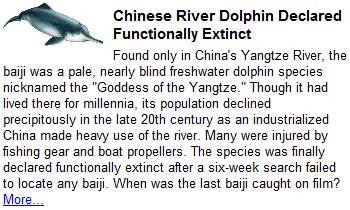IMPHAL, JUL 18: Shifting cultivation (jhuming practice) which is directly linked with deforestation, is one of the main causes for extreme weather changes in Manipur despite steps being taken to wean the practices of the same by the state forest department.
The drought situation in Manipur and sharp reduction in the rainfall in other parts of the north eastern region is amidst the environmentalists' projection of increased landslides, flooding and drought in region by the impact of global warming, according to the officials of the state environment and ecology wing.
Analyst Dr. Tourangbam Brajakumar of the state environment and ecology wing agrees that there is sharp decline in the reserved forest area in the state. His analysis revealed speedy increase of deforestation in the state since 2000.
No physical fruitful result has been seen in the efforts of the forest department as increase in the practice of shifting cultivation in the hill areas directly related with the reduction of forest cover area in the state has been observed in the last few years.
The reasons for the fast reduction of the forest areas in the state are particularly the burning of the forest (99%) for shifting cultivation (jhuming practice) and hunting of animals whereas felling of trees by the local people for fuel wood hardly constitute 1% of the cause of forest removal in the geographical area of Manipur.
More than 83 thousand families are reportedly practicing shifting cultivation or jhuming in the state which covers vast areas of forests of Manipur. The total area under jhum cultivation was around 1,832 square kilometer in 1976 which gradually increased to 3,600 sq.km in 1983 and 4,905 sq.km. by 1990, according to reports of FSI and NRSA.
According to Brajakumar`s observation, Churachandpur with 34% of the total area covered by jhum was highest among the hill districts. The next being Chandel district with 25 %. Out of the total area of Ukhrul 22% was affected by jhum practice while only 10% and 9% respectively in Senapati and Tamenglong are affected. A report of the state forest department indicating gaining of forest cover in its reporting period seems to lack ground reality.
Analysis reports of the state environment and ecology office observed that the total forest area covers about 67.7% of the geographical area of Manipur. In 1990, it was 17,679 sq. km that is about 79% of the total geographical area of the state.
While it was 17,558 sq km in 1995, the total geographical area dropped to 17,418 sq km in 1997. Out of this only 22.11% represents the dense or true forest and the rest are designated as `scrub` or grassland dominated areas which in the true sense can hardly be regarded as forest.
Meanwhile, MLA Morung Makunga from Chandel district taking serious note on the increasing deforestation and its impacts in the climatic condition in the state has suggested for the replacement of jhum cultivation in hill areas by rubber and coffee plantations.
The MLA tabled his suggestion in the House of the state Assembly during discussion on the budget allocation of the state forest department for the year 2009-10 in the Friday afternoon session of the Assembly. Observing the change in climate and ecological imbalance due to random felling of trees in the forest areas, he said that protection of forests was more necessary than tree plantation.(NP)


No comments:
Post a Comment